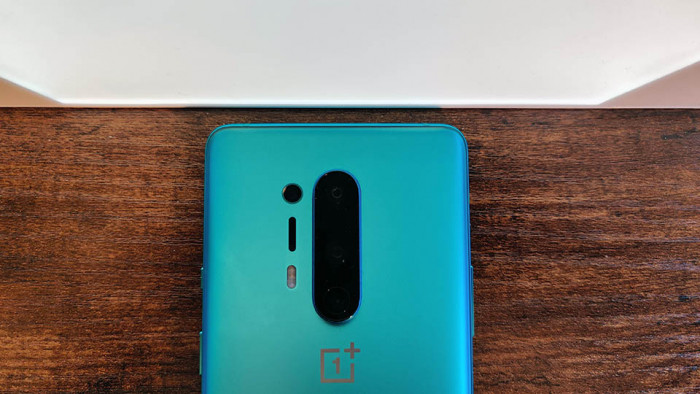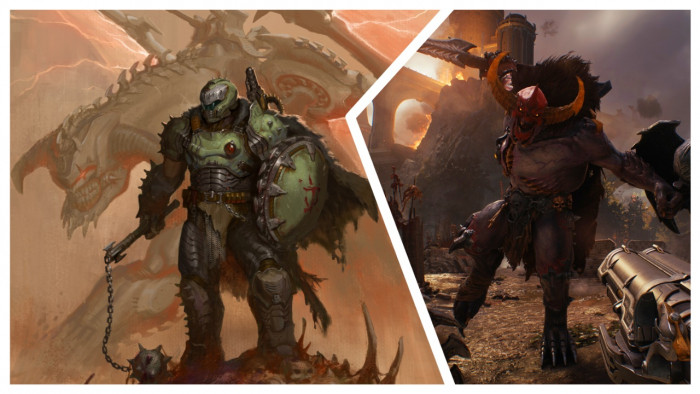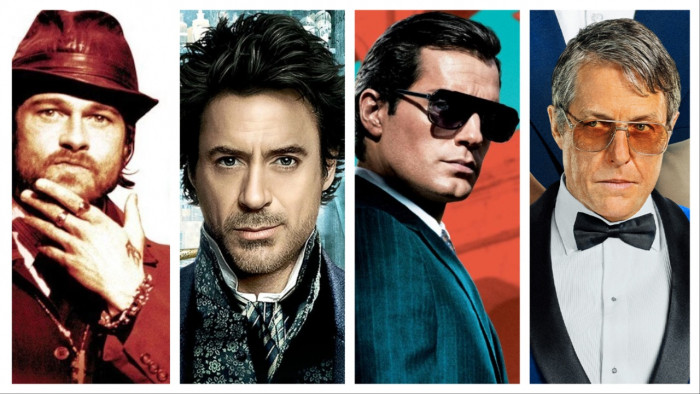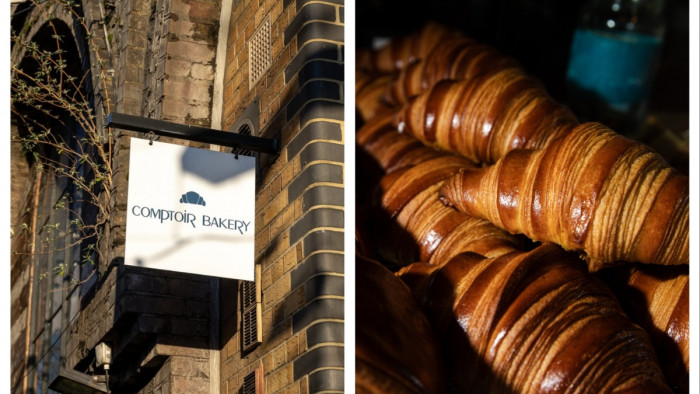From Tony Soprano to Walter White, real male problems powered the box-set revolution. But does the end of Breaking Bad close the book on TV’s complex men? Author Brett Martin explores the age of the antihero
"Where are the women?” It is the question that pops up in nearly every interview I’ve done since the US release of my book Difficult Men: Behind The Scenes Of A Creative Revolution, From The Sopranos And The Wire To Mad Men And Breaking Bad. The book is a look at what I call the Third Golden Age of television, and specifically about how TV – the former “boob tube” – serialised dramas and became the signature art form of the first part of the 21st century. Anybody who looks at the list in my lengthy subtitle (yeah, I know; try saying it 50 times a day) or who recalls the remarkable parade of other series from this period – Six Feet Under, The Shield, Deadwood, Rescue Me, Dexter, Big Love and so on and so on – should recognise that it’s been a blessed time to be alive and watching. They should also notice that this Golden Age has been built on the backs of male antiheroes, characters that tested the boundaries of who, and what, we were willing to root for: murderers, bigamists, adulterers, drug dealers, serial killers, even vampires. It’s this era that may well have come to a close this week, as Breaking Bad’s Walter White rode off into whatever hell of his own making awaited him.
So, “Where are the women?” It’s a reasonable question, involving some 51 per cent of the world’s population – and more than that of book readers – and I’ve developed a handful of practised answers. They range from the peevish (pointing out that my title could hardly be more direct about what slice of the TV world I planned to cover), to the defensive (the story of how TV got good is filled with women playing crucial roles, both on and off the screen), to the straightforward: there aren’t enough women in my book because there aren’t enough women on TV, because there aren’t enough women in positions of power, visibility and influence in any business. I have yet to discover a way to work the pun “Difficult Menses” into any answer that doesn’t end up sounding offensive, juvenile and/or distracting. It makes me giggle, though.
MODERN MANHOOD DEFINED
Every one of the above answers is true. At the same time, it’s more than mere chauvinism – mine or the world’s – that makes Difficult Men so predominately about, well, difficult men. Starting, as so much of this story does, with the radical breakthrough of The Sopranos, the great shows of this Golden Age were not male-dominated by default, they were about manhood: its frustrations, its privileges, its fantasies, its excesses, and the costs of all those. Tony Soprano, The Wire’s Stringer Bell, The Shield’s Vic Mackey, Deadwood’s Al Swearengen, Rescue Me’s Tommy Gavin, Mad Men’s Don Draper, Breaking Bad’s Walter White – these were significant departures from the heroes we were accustomed to seeing on television. As David Chase, creator of The Sopranos, said of his show’s suburban setting and classic family set-up: “It was like Father Knows Best…how to kill people.” Conventional wisdom had always insisted viewers might accept murderous, adulterous, cowardly, venal and otherwise complicated characters in a cinema, but that they would never invite them into their homes. From the time Tony waded into his pool to tend to his ducks, that was proved false.
Why? In part, because these were men – despite the particulars of their jobs – who were in a recognisable struggle with the modern world: a species you might call Homo beset or Homo harried. If viewers didn’t happen to be a New Jersey mob boss or a meth dealer, or even a cheating, alcoholic ad man, they probably knew what it felt like to juggle home lives with professional ones, to worry about providing for their families, to hate their bosses, to ask themselves “Is this all there is? Why aren’t I happier?”
They had also probably lived through the vast dislocations of what it meant to ‘be a man’ over the past 40 years. Tony was old-school – blunt, physical, taking whatever he wanted – a fantasy, for men and women alike living in post-feminist confusion.
CROTCH-WAGGLING SWAGGER
“Here’s a guy with all that power, yet completely emasculated by his mum and wife,” FX executive, and later head of Fox Broadcasting, Peter Liguori said of Tony. “Guys watched and thought, ‘I’d like to be the boss, I’d like to have big balls. I’d like to make all the calls and do things according to my rules.’ But also, ‘Man, he’s a lot like me, because even when I am the boss, the second I go home, I’m Hazel.’” (Women also watched, and often found themselves with an equally conflicted set of responses to Tony, turning James Gandolfini into one of TV’s more unlikely sex symbols.)
And viewers of the Third Golden Age knew what it was like to live in a time when questions of male power – how and when to use it – was very much in the air, socially and politically. The administration of George W Bush, with its crotch-waggling swagger, seemed to boil all issues down to a simple question: were you a red-blooded, US man or some kind of French girl? The US – and its allies – would have good reason to wonder what was being done in its name by the beast laying deep in its body politic.
Speaking of beasts: if there’s one song that could stand as a theme for this entire generation of television shows, it’s the one that played over the ending credits of The Sopranos’ first episode – Nick Lowe’s The Beast In Me:
The beast in me,
Is caged by frail and fragile bars,
Restless by day and by night rants and rages at the stars,
God help the beast in me.
Men alternately reining in and setting their wildest natures free has always been one of the great literary themes – whatever medium happens to be ascendant. It’s what animates the western, the mob story, the outlaw drama. It’s no coincidence that these are the genres that made up the great film movement of the late Sixties and early Seventies (Bonnie & Clyde, McCabe & Mrs Miller, The Godfather) and, later, TV’s Third Golden Age. Go back and watch the first episode of Breaking Bad; even now, knowing everything we know about what happens to Walter White and those around him, it’s impossible to watch him as an impotent milquetoast, mocked by his chemistry students, receiving a half-hearted birthday hand-job from his wife, and not wish for him to get up off his back and discover his inner Heisenberg.
LATE TO THE PARTY
That’s the crafty, seductive game these shows play: we love Tony, Don and Stringer, yet we are repelled by them. We relate to them and we worry about that. We root for them and we ask ourselves why. Nobody understood that dynamic more than the second group of ‘difficult men’ that lend my book its title: the all-powerful breed of writer-producers known as showrunners that rose to become the great auteurs of the Third Golden Age. Often cranky, sometimes crazy, always ambitious, they were in many ways as complicated as the men they created. As one industry watcher told me, “This isn’t like publishing some lunatic’s novel or letting him direct a movie. This is handing a lunatic a division of General Motors.”
As to the degree these creators indulge in the same game of queasy wish fulfilment as we do, consider this story: one day, the young Sopranos writer Todd Kessler found himself alone with Chase in the show’s writers’ offices in Queens, New York. The showrunner had been late for a meeting and he distractedly sat down across from Kessler and announced that he’d had an epiphany in therapy.
“We were sitting across a table that was probably two and a half feet wide,” says Kessler. “I asked Chase, ‘Is it something you want to talk about?’ And he said, ‘Well, I realised that I’ll never be truly happy in life... until I kill a man.’ And then he leaned across the table and said, ‘Not just kill a man,’ – and he raised his hands on either side of my head – ‘but with my bare hands.’”
Of course, like anything that succeeds in popular culture, the male antihero has made the trip from radical and revolutionary to hackneyed and clichéd. Mad Men’s endgame has been announced. Dexter has bid farewell. Breaking Bad has just done the same. And in terms of testing the audience’s allegiance to a bad man, where do you go from Walter White? Whatever their virtues, newer shows such as Ray Donovan can’t help but feel late to the party. Meanwhile, shows including Netflix’s Orange Is The New Black are giving us a new, exciting breed of difficult women – even if that show’s male characters are more cartoonish and one-dimensional than, say, Carmela Soprano, Peggy Olson or Skyler White. The era of the difficult man may be drawing to a close. But, as Nick Lowe knew, we shouldn’t get too complacent:
Sometimes it tries to kid me,
That it’s just a teddy bear,
Or even somehow manage,
To vanish in the air,
Then that is when I must beware,
Of the beast in me.
Difficult Men is out now (Faber)
(Images: Netflix/AMC Networks/Frank Ockenfels III/HBO)










